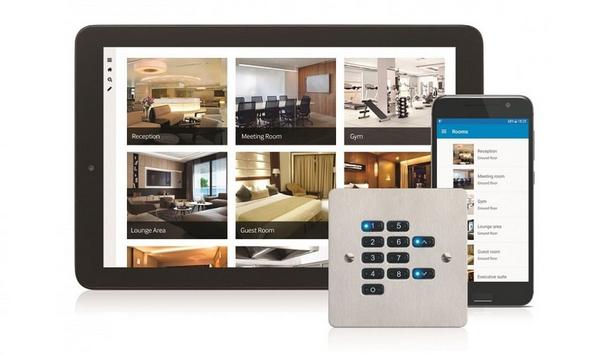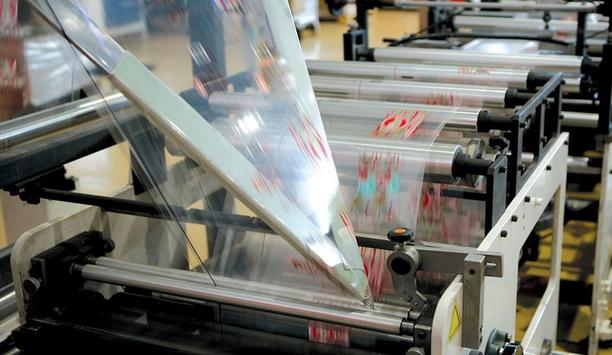Motors can be damaged by excess heat caused by current flow when there are overload conditions. Some examples include a locked shaft, too many systems on a circuit, and the power supply single phasing on a three-phase circuit. Installing overload relays in the applications can protect the motors.
Why are Overload Relays needed?
When a motor starts, it typically requires six times the full-load current rating. After the motor ramps up to operating speed, the current drops off. Motors are designed to handle this overload condition only for a short period of time. If a motor maintains this overload condition, the motor will overheat and potentially become damaged.
Overload relays are designed to allow temporary overloads for a specific period during startup
While fuses and circuit breakers can protect the system from short circuits, ground faults, or an overload, they are not the proper protection device for motors. As noted above, motors pull significantly more amps at startup than their full-load current rating. Any fuse used with a motor would need to be rated to handle this higher startup amp draw, therefore it would fail to protect the motor from overload conditions beyond normal startup.
Overload relays are designed to allow temporary overloads for a specific period during startup. If the overload persists, the overload relay will trip and break the circuit to protect the motor. Overload relays can be easily reset after the overload is corrected.
Overload Relay Trip Classes
Overload relays have a trip class rating for different applications. The most common trip classes are Class 10, Class 20, and Class 30. The number in a trip class is simply the total number of seconds that the motor is allowed to overload before the circuit trips.
For example, if they have an overload relay with a Class 10 rating, the system will allow an overload condition for 10 seconds before the overload relay trips to protect the motor.
Types of Overload Relays
A few different types of overload relays include Bimetal Overloads, Ambient-Compensated Overload Relay, and Electronic Overload Relays.
- Bimetal Overloads use a bimetal strip that acts as a trip lever. When there is an overload condition, the bimetal strip becomes heated and will bend to close and trip the circuit.
- Ambient Compensated Overload Relays are similar to Bimetal Overloads. The main difference is that the Ambient Compensated Relays allow for there to be an ambient temperature, such as the temperature of the surrounding environment. These relays can prevent false tripping by allowing the ambient temperature to be higher.
- Electronic Overload Relays do not have heaters found in Bimetal and Ambient-Compensated Overload Relays. The Electronic Overload Relays also offer phase loss protection by detecting phase losses and disconnecting the motor from the power source. There are many types of Electronic Overload Relays to fit a lot of applications.
Installing overload relays in motor applications will prevent motors from running in overload conditions and can protect the motors from damaging heat. There are many types and settings for overload relays.






